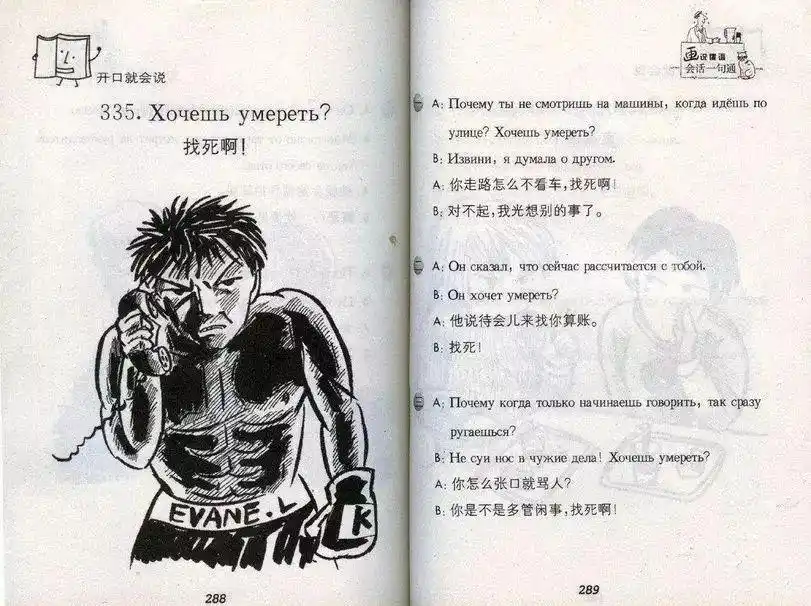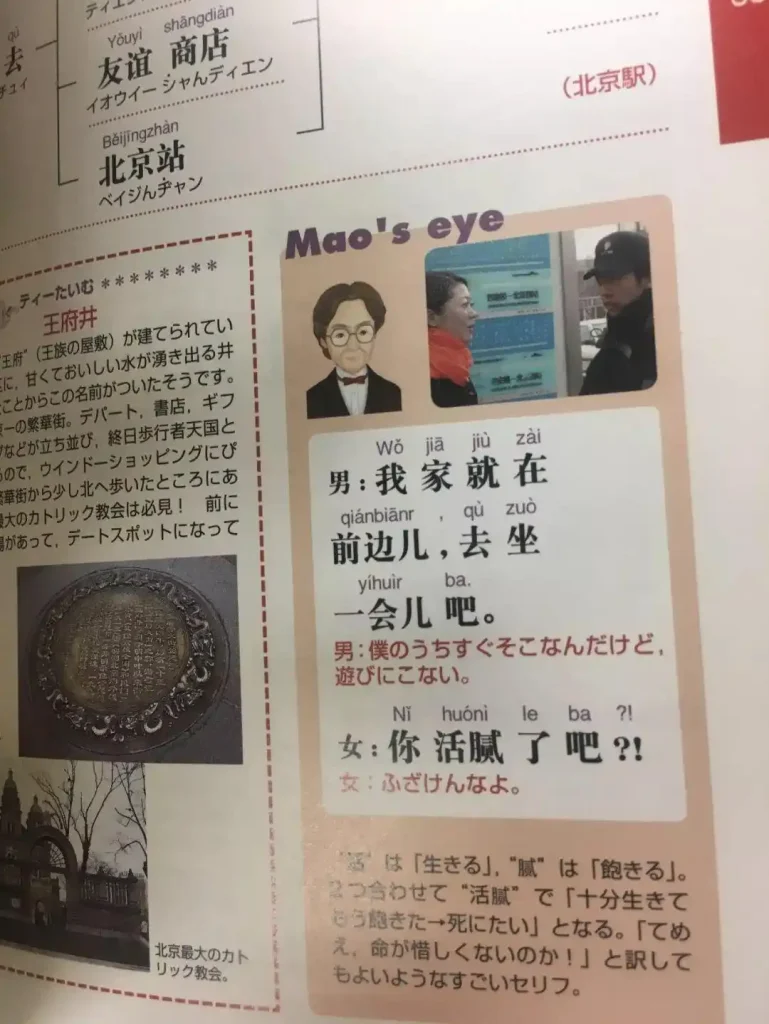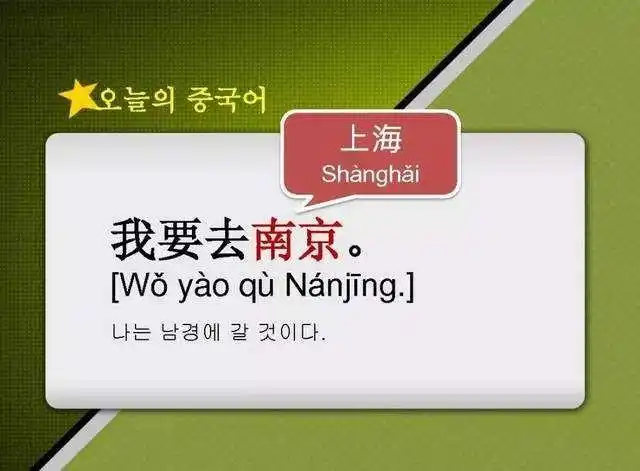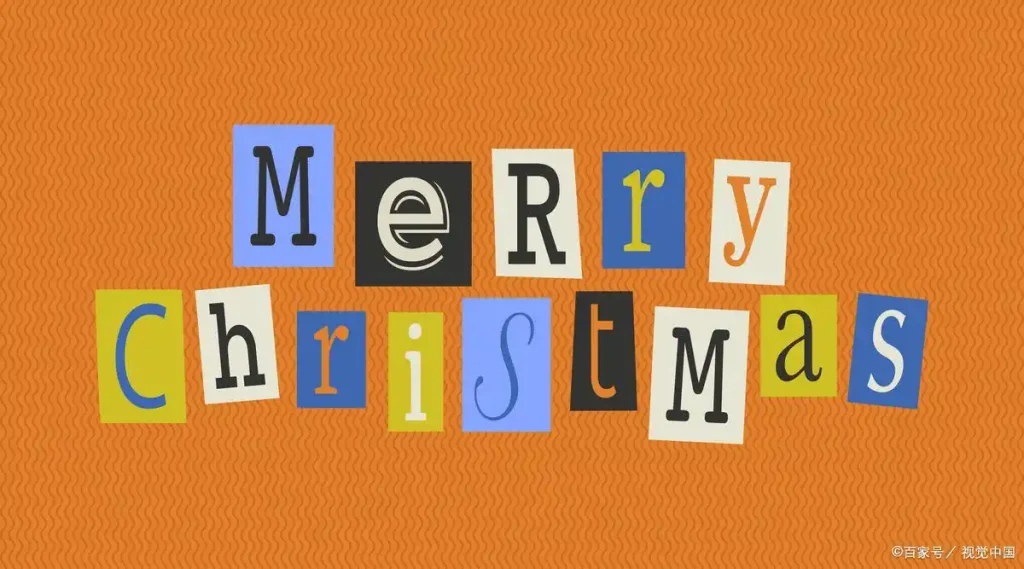It’s well-known that English is the most widely spoken language in terms of countries, while Chinese has the largest number of speakers. In order to stay connected with the international community, keep up with global information, and promote cooperation and exchange, English holds a crucial position in our country. As a result, students start learning English as early as 3rd grade, and some families with better financial conditions even start teaching their children English in kindergarten.
However, with China’s growing strength and increasing influence worldwide, more and more countries are developing a keen interest in learning Chinese. So, how do they go about learning it?
1. Russian Chinese Textbooks
Russia has a unique nickname in China—“the fighting nation.” In people’s minds, Russians are often seen as relatively hot-tempered, preferring to solve problems with action rather than words, and they also have a strong tolerance for alcohol. What’s most surprising is that Russians don’t seem to be afraid of bears, which is something we really admire.
Since they’re a “fighting nation,” their textbooks naturally have a distinctive flair. For example, in a common phrase section, they teach a tough sentence: “Looking for death?” To help Russians understand and use this phrase, they provide three different contexts, showing a lot of thought and care in their approach.

2. American Chinese Textbooks
Americans learning Chinese is similar to how we learn English. Do you remember when we were learning English and we would write Chinese-like phonetic pronunciations next to English words to make them easier to remember? For example, we would write “morning” as “摸宁” (mō níng). This was a shortcut to help remember pronunciations.
Similarly, Americans learning Chinese also use English phonetic spellings to mark Chinese words. For instance, the word for “arm” is noted as “show bee,” and “knee” is noted as “she guy.” Does this bring back memories of how we used to learn English?

3. Japanese Chinese Textbooks
Japanese Chinese textbooks are more visual because they include pictures, making it easier for learners to understand and reinforce what they’ve learned. However, some of the dialogues in these textbooks are quite amusing. In one, a man invites a woman to his house, and the woman coolly responds, “Are you tired of living?” It’s both funny and awkward, leaving you with mixed feelings.

4. Korean Chinese Textbooks
Korean Chinese textbooks are more traditional and straightforward. The dialogues and presentation style are fairly standard, and unlike Russian or Japanese textbooks, there’s nothing overly dramatic or fun. It’s a simple mix of Chinese characters, pinyin, and the local language. While it certainly teaches Chinese, the lack of excitement may make it harder to maintain engagement, and whether this method guarantees the best learning outcome remains to be seen.

Hopefully, in the future, Chinese will have a higher international status, with more people around the world enjoying and learning the language. This might even give kids who aren’t keen on learning English a break. Perhaps the dominance of English will decrease, and they won’t need to worry about being left behind for not excelling in English.










